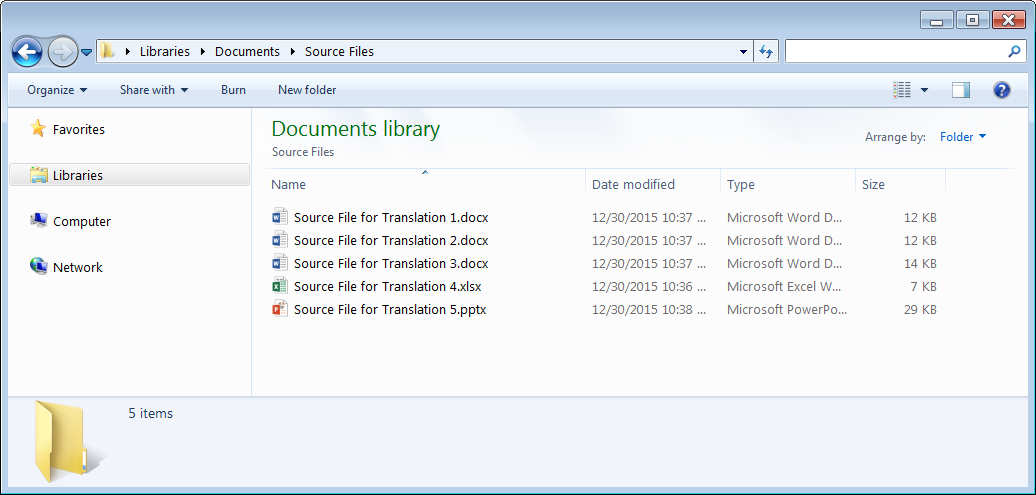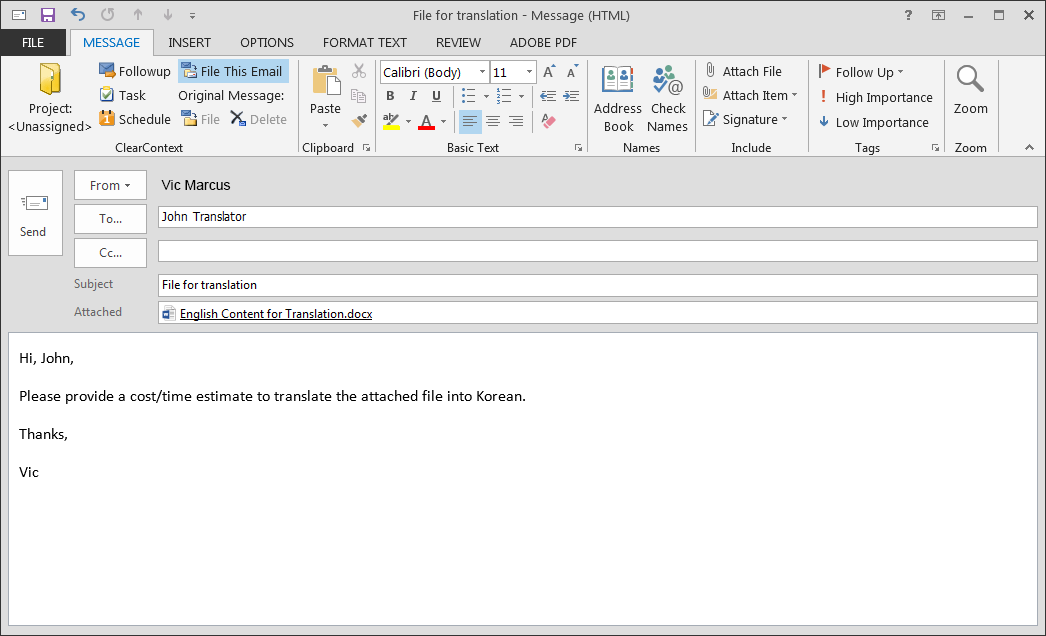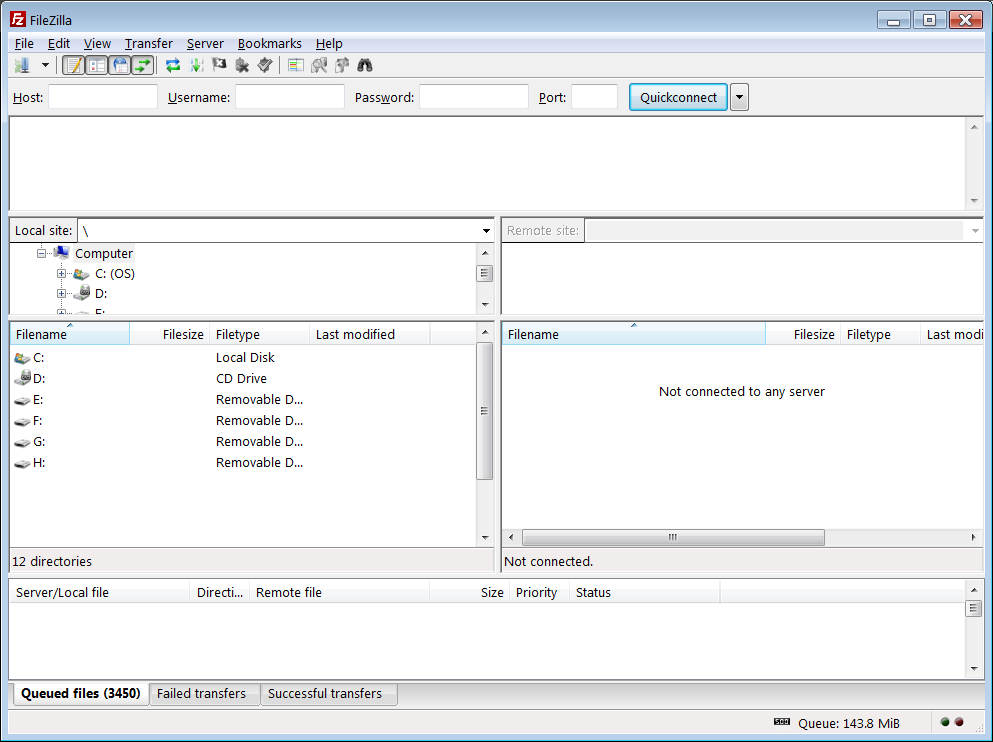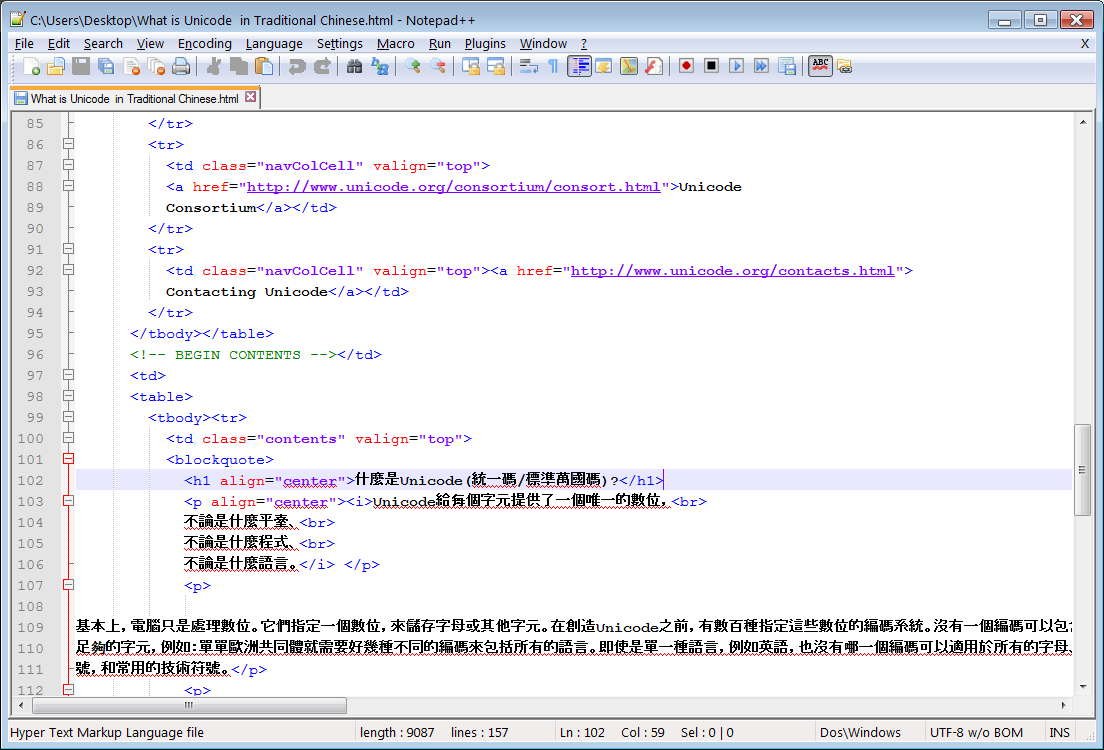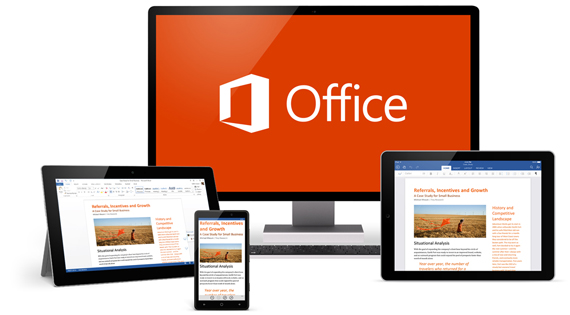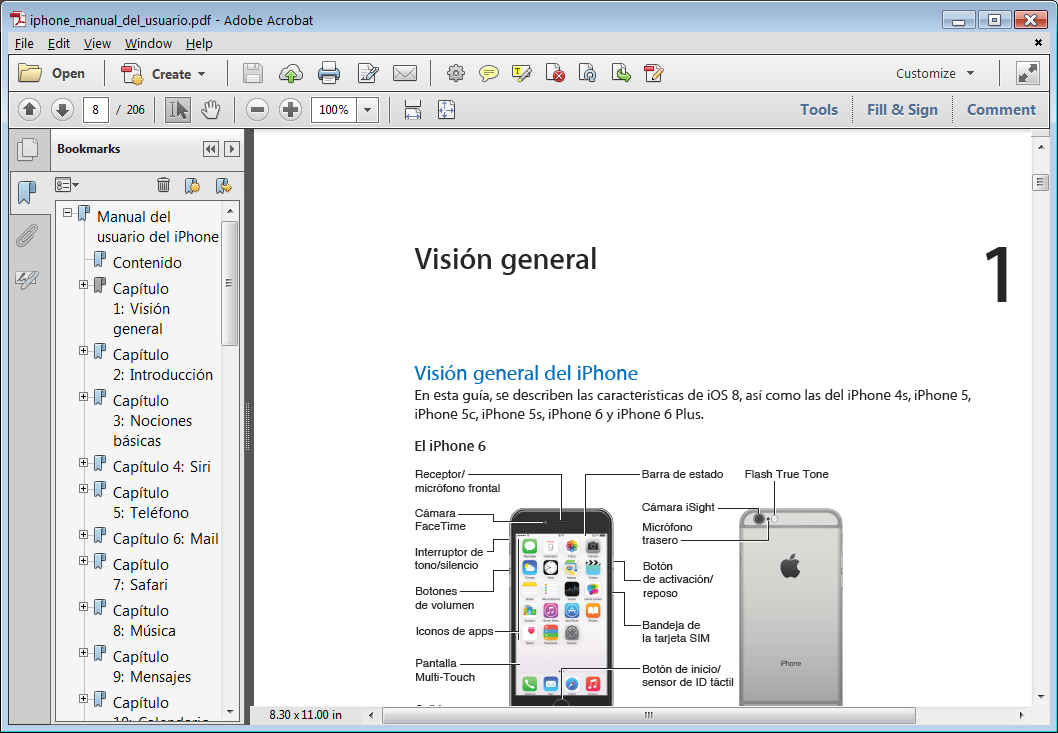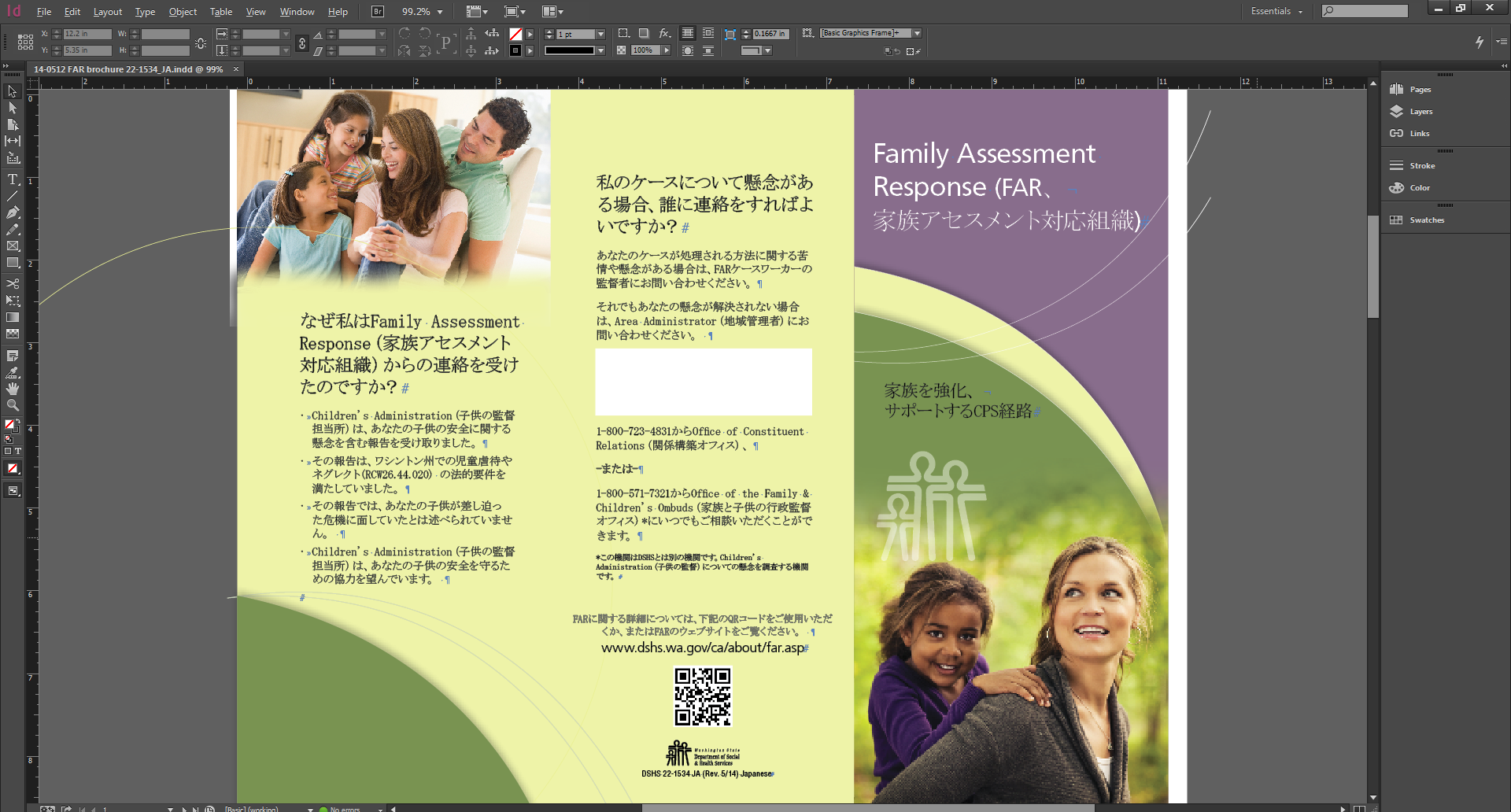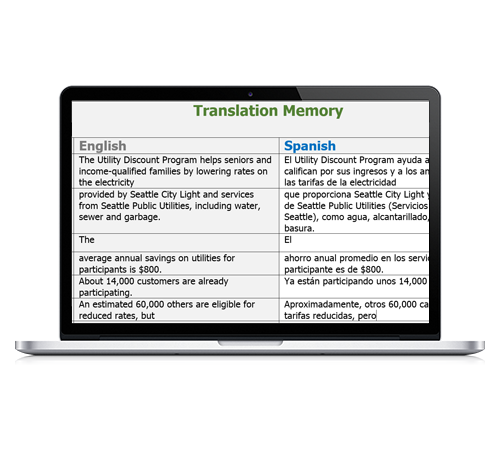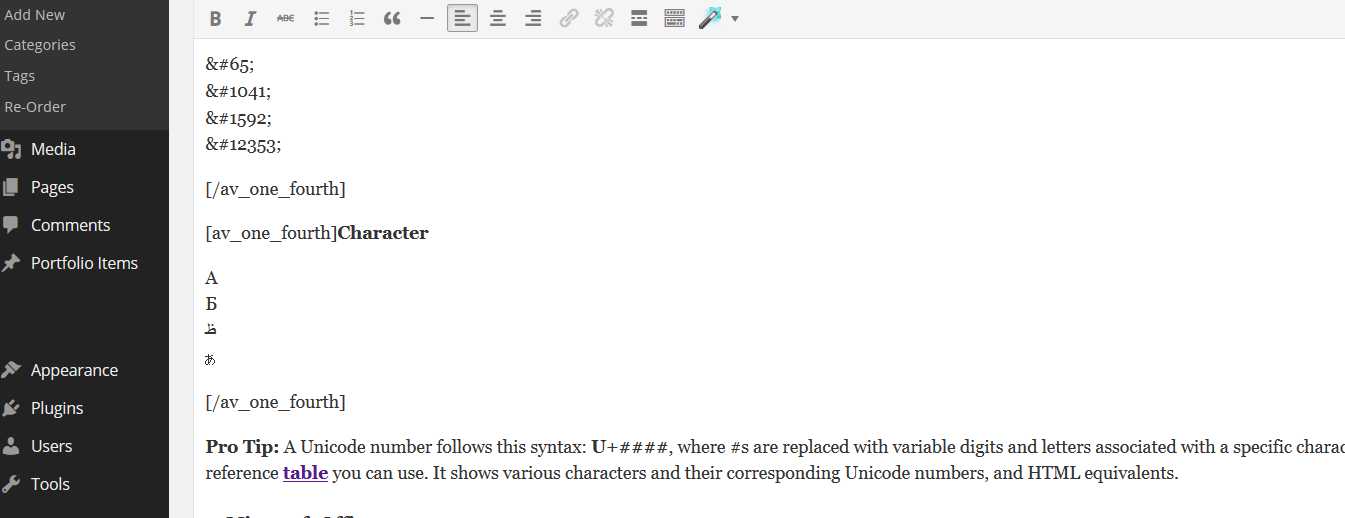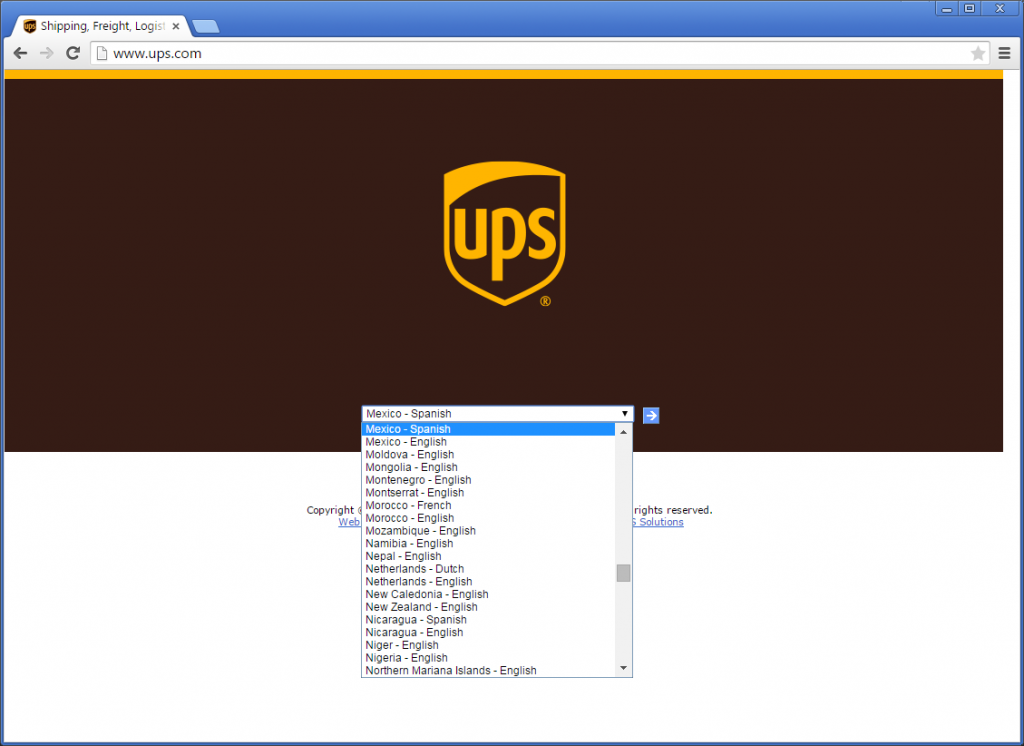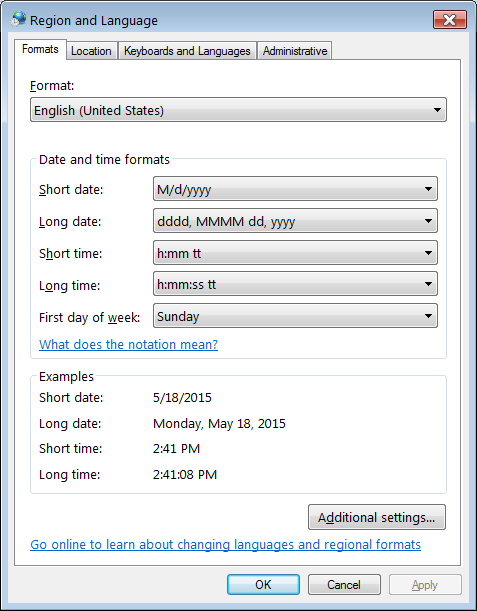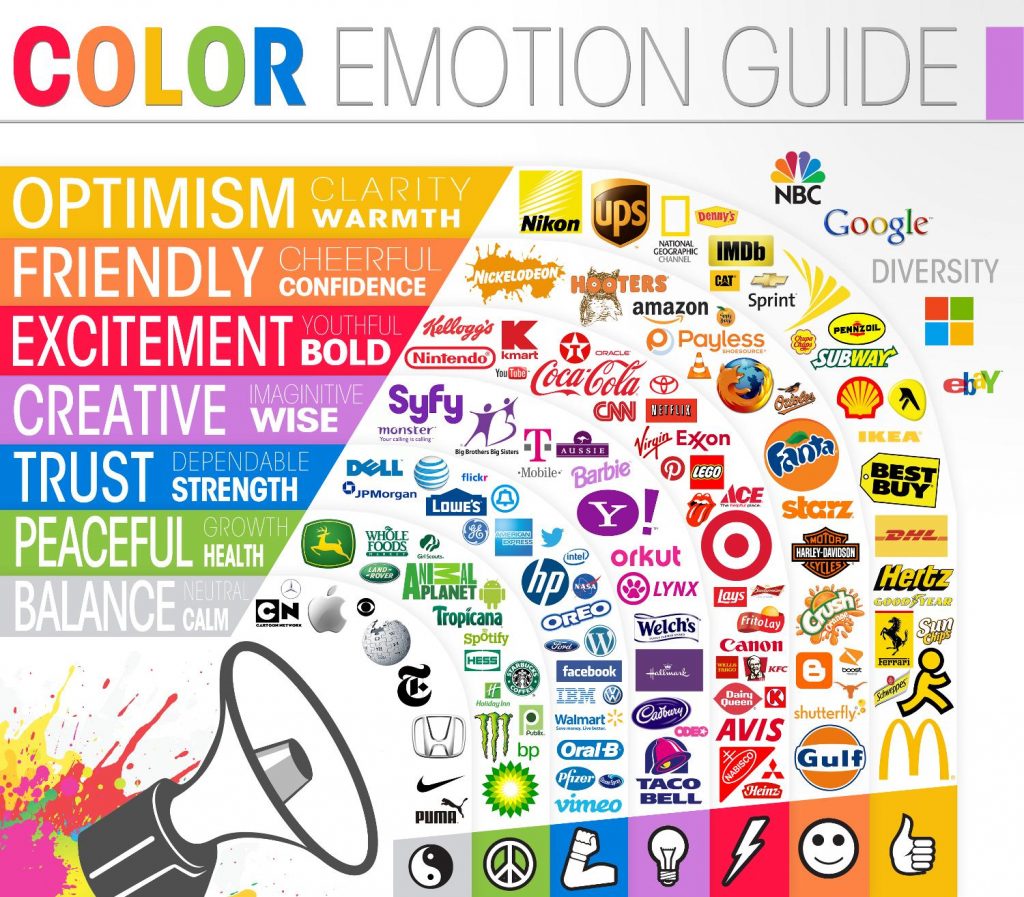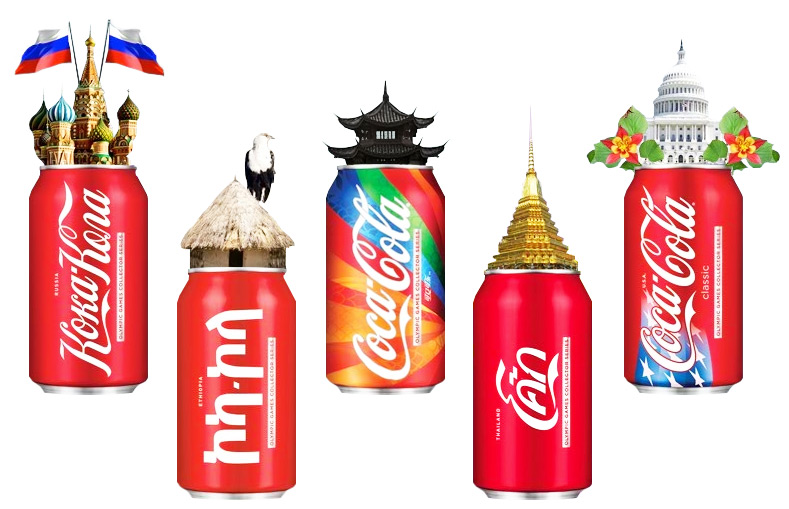How to get a Quick Translation Estimate from any Vendor
As a consumer of language services, you often don’t think about translating your documents until the last minute, right?
The good news is that you are not alone.
If you only require occasional translation services, it may come to you as an afterthought in your daily routine, as it does for many others. Once you’re ready to go, you will most likely contact several translation vendors for a quote and go with the one that best meets your project requirements.
As you scramble to get those quotes in from the translation vendors, keep the following points in mind so you can get a fair service comparison. These are the things you need to know to get a quick translation estimate from any vendor.
1. Have Your Files Ready
Emailing a simple description of your translation project won’t get you a quick estimate. Your translation vendor will most likely ask for the files that you need translated.
If you have the files ready, send them to your vendor at the time of your request. That will save you a few back-and-forth emails.
To make things even more efficient, have your files ready in an editable format such as Microsoft Word. If you compare the same document that was created in MS Word to a scanned PDF version, the MS Word version will almost always cost less to translate.
Some files may contain confidential content. Such files should only be sent through a secure file transfer medium. Clarify your preferred file transmission method with your translation vendor before sending anything.
Your Task: Get access to editable versions of the source files and be ready to send them to your translation vendor.
2. Know Your Audience
You should know a few basic facts about your target audience (end users). The most essential piece of information your translation vendor will need is the language of your end users.
For example, if your end users are immigrants from Mexico that currently live in Seattle, the chances are good that Spanish is their native language.
There are a few cases where you need specify the language and script in more detail. The best example of such a case is the Chinese language.
Translating into Chinese is not as simple as translating into Korean, for example. When it comes to Chinese and a few other languages, you have to consider various spoken dialects like Mandarin and Cantonese and written scripts that go with them – in the case of Chinese, you’d be choosing between Simplified and Traditional characters.
If you do not already know what your end users need, your translation vendor will work with you to determine the best script for your end users.
Your Task: Specify the languages/scripts you need your documents translated into.
3. Know Your Deadline
Since you are already looking for a quick translation estimate, it’s probably true that you need the documents translated quickly. If time is not of the essence to you, you should still have a pretty good idea of your ideal translation turnaround time.
On average a translator can translate about 2,500 words per day. Add proofreading and quality assurance to the mix, you’re looking at about 2 to 3 days turnaround time for small projects for common languages.
Languages of lesser diffusion, or projects which require advanced typesetting, may require a buffer of at least a day or two.
If you are really in a time crunch, your translation vendor may offer you an option for expedited delivery. As is the case with shipping parcels, be prepared to pay a rush fee for a faster turnaround time.
Your Task: Provide your turnaround time expectations when requesting an estimate.
4. Sample Email Template
Now that you have your source files ready in an editable format, know the languages you need them translated into and have a clear deadline in mind, contact your translation vendor for an estimate.
If you can send your files by email, that’s great! To make things even easier for you, here is a template you can use to request a quick translation estimate.
Simply copy & paste the text below into an outgoing email, customize the bold fields, attach your source files and click Send.
Hello!
I would like a translation estimate for the attached documents.
Here are the project details:
- Translate from Language into Language
- Translated files to be delivered by Date/Time
Please send your estimate to me no later than Date/Time. Do not start the translation until you receive an approval.
Thank you!
Sincerely,
Your Name
You can also download this template in a Microsoft Outlook-friendly format here.
Your Task: Simplify getting translation estimates by using an email template.
5. Estimate Response Time
After sending your estimate request to a translation vendor, you should receive an acknowledgement within a few hours. You may even receive an estimate within that time-frame as well.
There are no formal industry standards for how quickly a company should provide you with an estimate. However, for a basic project you should expect to receive an estimate within 24 hours.
I’d recommend you pay close attention to how long it takes for a vendor to acknowledge your request and provide you with an estimate. It will set a tone on how that vendor will treat you going forward.
If you are a serious translation buyer, you should be treated as such. If it takes a vendor more than 24 hours to even acknowledge your request, I would recommend you think twice about doing business with them.
Finally, the estimate you receive should be easy to understand and include all of the relevant data used to calculate the translation price.
Your Tasks: Make sure you receive a timely estimate and that it makes sense to you. Don’t forget to approve the project!
How much will my project cost to translate?
Every translation project is unique, including yours.
Let’s discuss your project specifics, so we can provide you with a ballpark estimate.
For most projects, we can typically provide a ballpark estimate the same day.
Conclusion
Your source documents are ready and now you need them translated. You are inclined to get estimates from various translation vendors to determine which one meets your needs.
You need to receive the estimates quickly, so you can make an informed decision and use your allocated translation budget. Getting translation estimates quickly can be easy.
Remember to gather your files, clarify the language of your end users and determine how quickly you will need the translations completed. These are the things you need to get a quick translation estimate from any vendor.
Share your thoughts in the comments!

